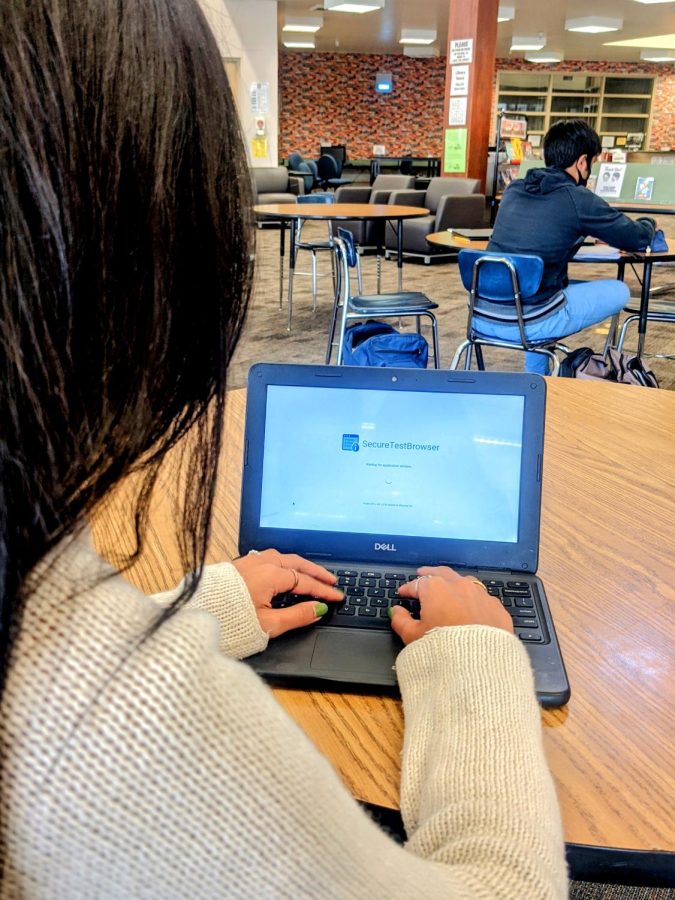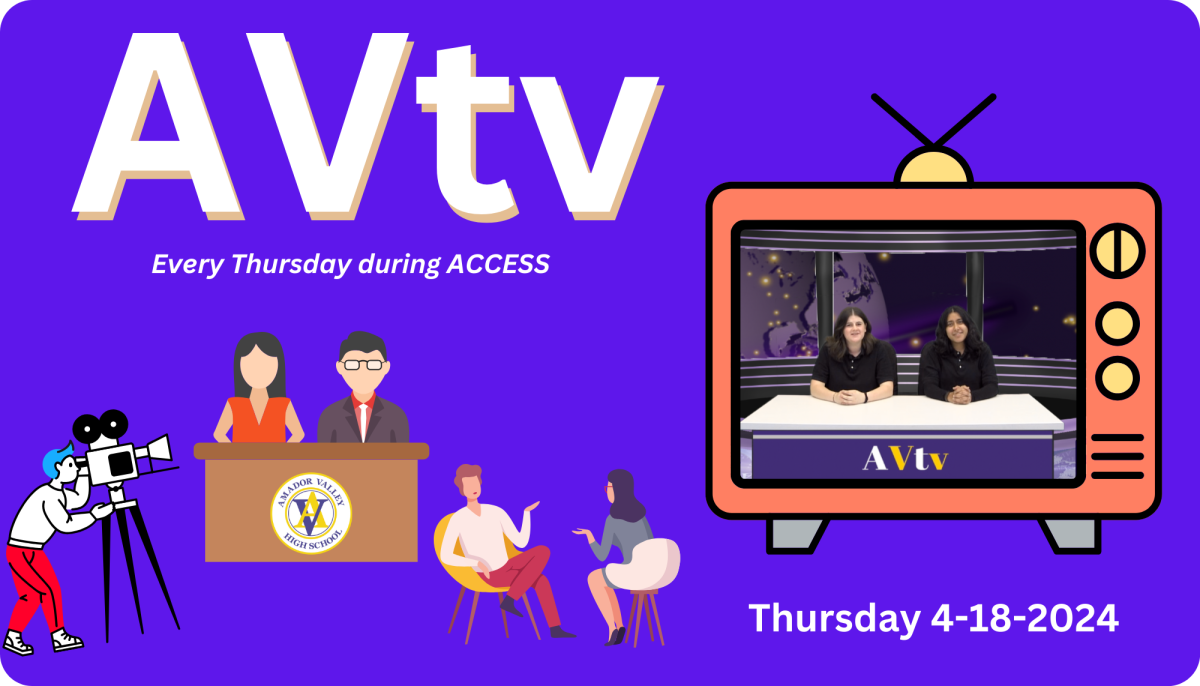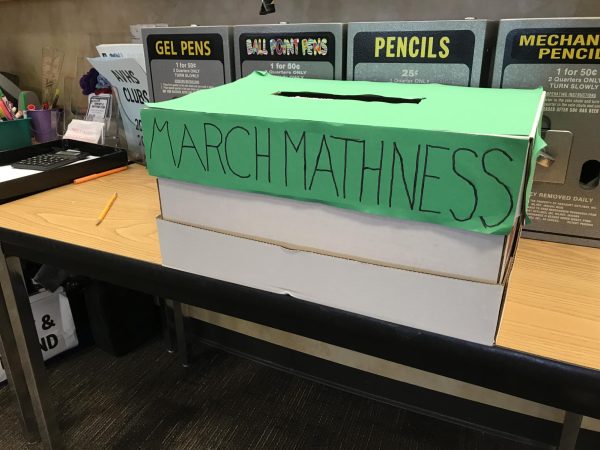Everything you need to know about CAASPP testing
In their English and US History classes, juniors take the CAASPP testing with the help of the Secure Test Browser software.
April 1, 2022
As the end of the 2021-2022 school year approaches, juniors statewide are set to take the California Assessment of Student Performance and Progress test– CAASPP for short. These state-administered tests are important not only to students but also to Amador as a whole.
“The CAASPP test was a response to the common core state standards that we adopted a number of years back. The scores assess if teachers are teaching the content they need to be teaching. We use them in that way to see if there are specific areas that we need to address, teach more thoroughly, or focus on a little bit more,” said Rebecca Teczon, an English teacher and co-head of AVHS English department.
While CAASPP test scores do not end up on student transcripts, these tests can influence which classes students get placed in college in terms of their English level.
“With the CAASPP, for English and math, there is also the EAP and that comes down from the state colleges. Some schools may use that for placement when you’re actually admitted to college, so it doesn’t affect admissions at all but is for placement once you get admitted,” said Teczon.
According to the California Department of Education, students have to reach or surpass the “standard met” level on the English section of the CAASPP in order to get a seal of biliteracy,
“In the CAASPP, there is the EAP, which asks questions to students. If you pass the EAP portion, which is embedded into the CAASPP, then you can qualify for the seal of biliteracy,” said Lisa Perry, AP Language and Composition teacher.
Students who have opted out of these tests are still required to attend class as normal, but have less time during ACCESS. During the two weeks preceding Spring Break, block periods are lengthened to ninety minutes, shortening ACCESS periods to half an hour; during the week after, students are set to have two-hour block schedules every day except for Wednesday, April 13.
“If a student is in a non-testing grade or has opted out of testing, they are expected to attend each of their scheduled classes. Students should remain in class for the duration of the class and the teacher may provide them direction on activities in which they can participate in order to further their academic progress,” said Vice-Principal Brandon Nelson.
Though these schedules may be inconvenient to some, there is a reason behind the lengthened block periods and shortened ACCESS periods. The extended time allows students to perform to their fullest capacity and encourages an overall positive attitude towards CAASPP testing.
“These tests aren’t timed, but there are recommended amounts of time for each type of test. There’s the computer-adaptive test, and the recommended amount of time for that test is ninety minutes, which is why our schedule was changed last week and this week. We just wanted to make sure that students have the time they need so they don’t panic or stress while they’re taking the test,” said Teczon.
















